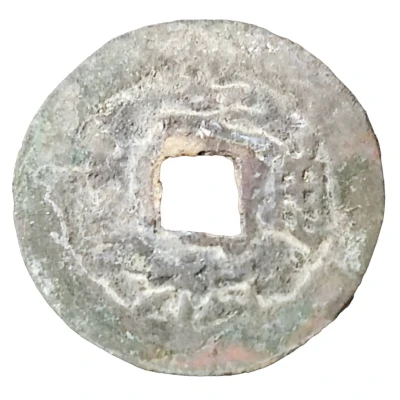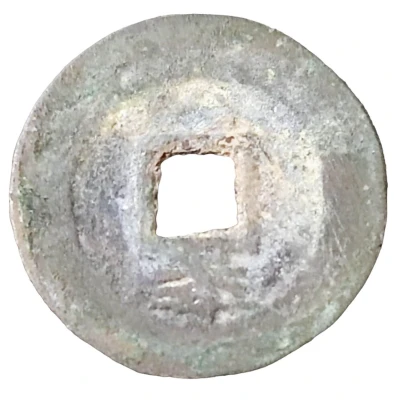1 Cash - Chongzhen Tongbao; northern type; Jia - type 1 ND
| Brass | - | 24 mm |
| Issuer | Empire of China |
|---|---|
| Emperor | Ming dynasty › Chongzhen (崇祯帝) (1627-1644) |
| Type | Standard circulation coin |
| Years | 1630-1644 |
| Value | 1 Cash |
| Currency | Cash (621-1912) |
| Composition | Brass |
| Diameter | 24 mm |
| Shape | Round with a square hole |
| Technique | Cast |
| Orientation | Medal alignment ↑↑ |
| Demonetized | Yes |
| Updated | 2024-10-03 |
| Numista | N#222610 |
|---|---|
| Rarity index | 100% |
Reverse
One Chinese ideogram above.
Script: Chinese (traditional, regular script)
Lettering: 嘉
Translation:
Jia
Jiazhou (mint)
Edge
Plain
Comment
Hartill suggests the larger, heavier coins (around 26 millimetres and weighing 1.3 Qian) were the first 1 Cash pieces produced. By 1630, coins minted in the north weighted 1.0 Qian and coins minted in the south weighed 8 Fen or less.The Northern types and the Southern types are differenciated by the left part of Zhen.
- Northern types: 礻
- Southern types: 示
Interesting fact
One interesting fact about the Standard circulation coin 1 Cash - Chongzhen (Tongbao; northern type; Jia - type 1) ND (1630-1644) from Empire of China made of Brass is that it was used as a form of currency during the Chongzhen era of the Ming dynasty, which was a time of great economic and cultural growth in China. The coin features a unique blend of traditional Chinese design elements, such as the square hole in the center, and Western-style imagery, such as the depiction of a dragon on the reverse side. This blend of styles reflects the cultural exchange and influence that was taking place between China and Europe during this time period. Additionally, the use of brass as the material for the coin was a deliberate choice made by the government to reduce the cost of production, as brass was a less expensive alternative to other metals like silver or gold. This coin is a fascinating example of the complex cultural and economic dynamics at play during this time in Chinese history.

